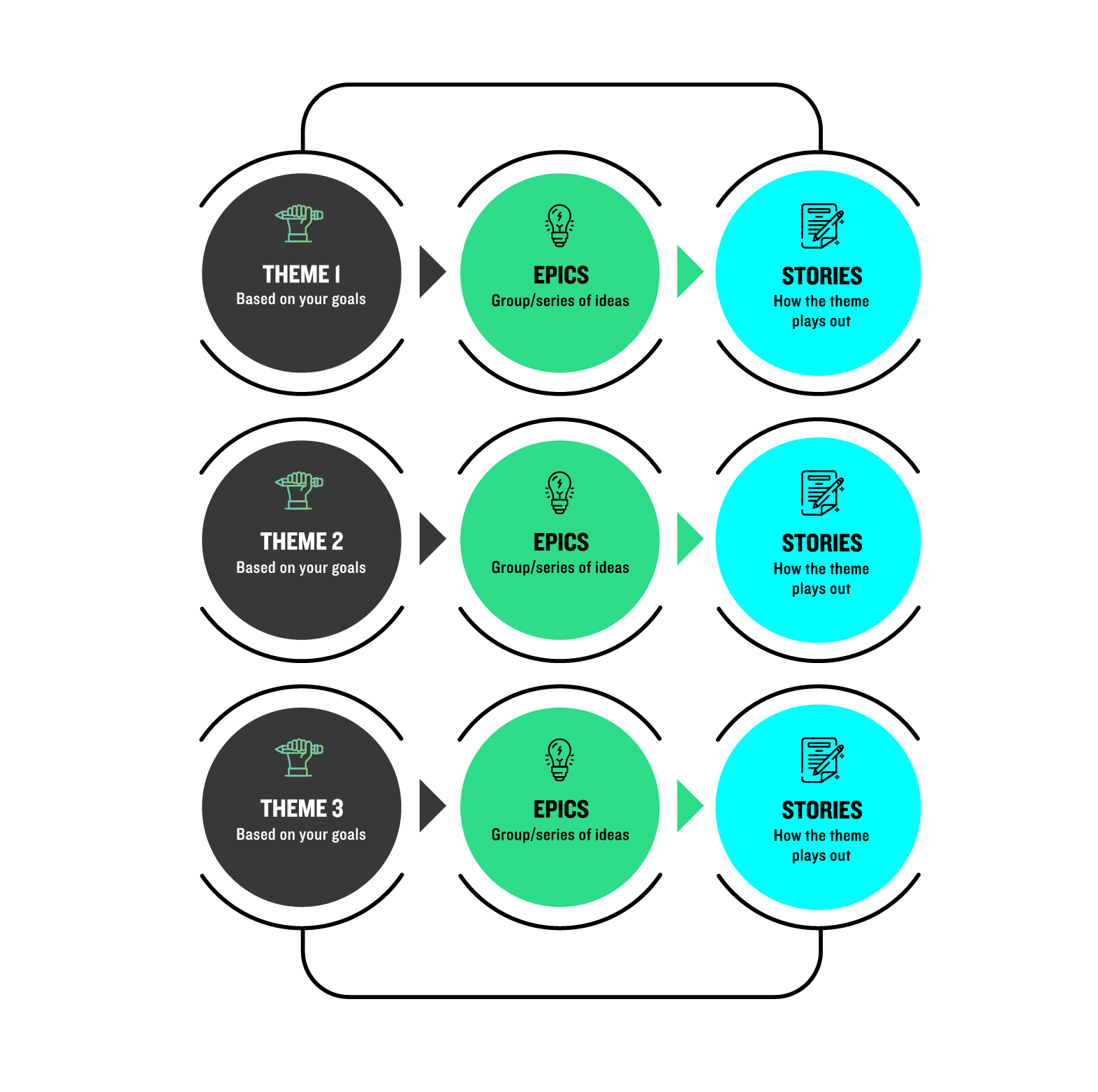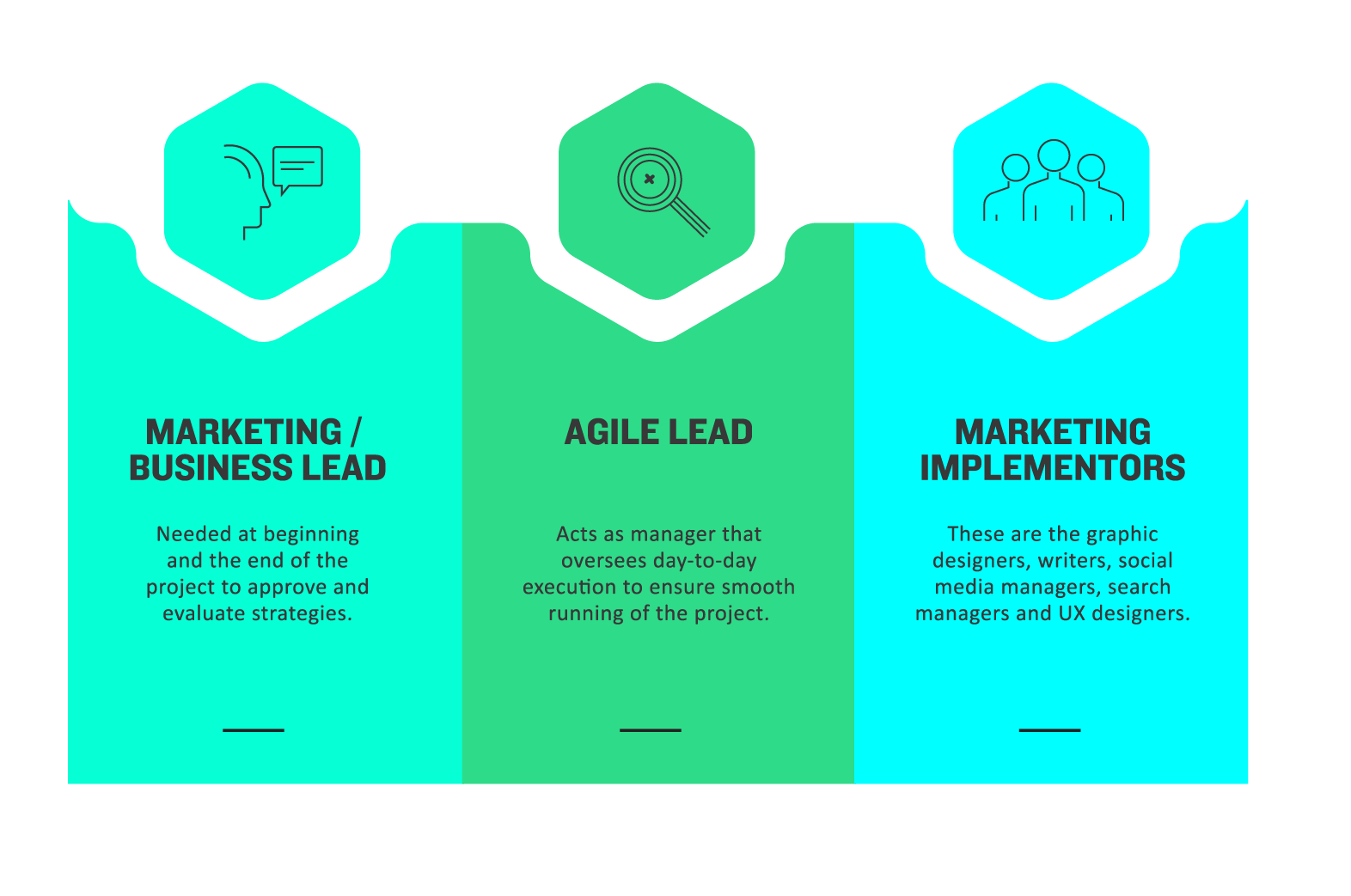
Agile Marketing Teams Do It Better
Why Agile Marketing?
If you haven’t implemented an agile marketing approach to the planning, development and management of your marketing programs, you’re not doing it right.
In a prior blog post, we discussed the “Three Stages of the Digital Marketing Life Cycle,” in this post, we will address how your marketing team can operate in support of that continuous process. The marketplace has changed, potential customers live in an on-demand world and therefore you need to have a marketing process that is “always-on.”
The idea of an agile marketing approach to campaign management was brought over from the software development side of the business. The same agile management principles are now being applied to help address the on-demand needs of digital marketers.
What is Agile Marketing?
Agile marketing is the process of using data and analytics to continuously source sales and marketing opportunities in real-time, implement tests quickly, evaluate the results, and quickly iterate. At scale, a successful agile marketing program can deploy hundreds of campaigns simultaneously and develop multiple new ideas every week.
Responsibilities of an agile marketing team:
- Respond to change rather than over-focusing on a long-term plan
- Rapid smaller iterations over large scale campaigns
- Test and analyze data over opinions and guesswork
- Run lots of small experiments over a one size fits all approach
- Collaborate on ideas over group silos and hierarchy
By structuring your team to support an agile marketing approach, you can then move away from ‘launch and forget’ activities concentrated on one monumental event and move more towards a system based on repeating cycles. This will empower marketing teams by adding a stronger sense of individuality, shorten meetings and delivery cycles, while improving transparency and collaboration.
Agile Marketing Process
Step 1: Plan the Cadence
The first step to implementing agile marketing is to decide on the planning cadence. Start by developing a roadmap that includes themes around your long-term vision followed by short stories in support of that vision. Think of this as your overarching game plan (football analogy), but once the game starts you will then call plays based on what the defense allows you to do.
In the graphic below you can see what a cadence might look like, keeping with the football analogy you have the theme or game plan which is based on your goals, epics which consist of a series or group of ideas, and finally the stories or in this case the plays.
Step 2: Organizing Team Structure
In the second step, you need to organize your marketing team. This is fairly straightforward but should be broken down into three key areas or groups.
Step 3: Bring it all Together
Restructuring the marketing department is like opening a new restaurant, at first things will seem very chaotic as people begin to understand their new roles. But once the restaurant has been open for an extended period of time it will become a well-oiled machine.
Don’t hesitate to mix in experienced staff or offer additional training to help your team acclimate to the new structure. Include a ‘fail fast and learn’ philosophy that fosters a culture of teamwork and sharing honest feedback. Finally, make sure the team has all the right tools/software in place to succeed.
In the end, agile marketing will enable your team to create better content that is timely and relevant to what is trending and meets the needs of today’s on-demand customers.


